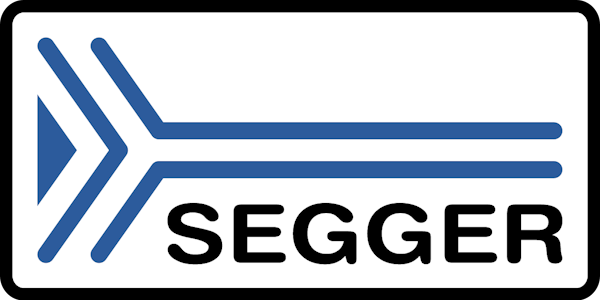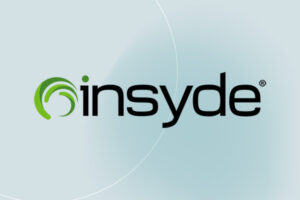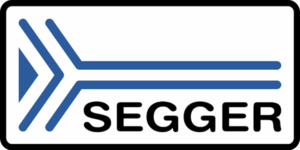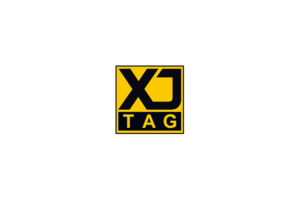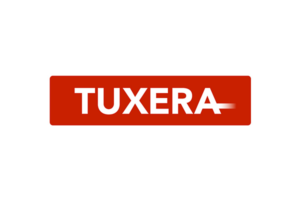Exein Analyzer
Exein Analyzer helps identify threats to determine your organization’s cyber posture. Integrated with asset identification tools, you can scan the security of your IoT fleet with ease. This tool has easy integration with the most popular build tools such as Yocto and BuildRoot, so that security can be implemented right from day zero.
Exein Runtime
End-to-end security solution with AI integration and machine learning for IoT devices and embedded systems. On-device security that guarantees an ongoing threat monitoring and detection even without an internet connection. Written entirely in Rust, its core is built to be flexible, extensible, and easy to use.
emCrypt
Designed with both efficiency and security in mind, emCrypt serves as a reliable encryption toolkit, offering all of the key components needed for today's secure protocols. In a world full of connected devices, keeping data secure is crucial. With emCrypt, users can trust that their embedded devices are protected against potential threats.
emSecure
emSecure is a digital signature suite for embedded systems to protect vital products and assets, offering 100% protection against hacking. Based on asymmetric encryption algorithms with two keys, SEGGER's digital signature suite ensures protection against hacking: signatures cannot be forged by the reverse engineering of the firmware. What's more: emSecure can make it impossible to create a clone of an embedded device by simply copying hardware and firmware. And it can do much more, such as securing firmware updates distributed to embedded devices and authenticating licenses, serial numbers, and sensitive data.
emSSH
SEGGER’s emSSH is a secure shell login enabling protected access to any server application in a product. It can be used in almost any product – target-independent in native computer applications and in embedded targets. A wide range of options means maximum compatibility. It can be configured for a minimal memory footprint, ideal for small memory systems. emSSH is portable – a complete software written in ANSI C, and is compiler and target independent.
emLib
emLib is a collection of software modules such as, cryptographic modules and data integrity checks for different purposes. It includes AES and DES encryption as well as CRC and ECC.
emSSL
emSSL provides comprehensive support for the latest TLS protocols, offering advanced features without the constraints of open-source or attribution-required licenses. It can be seamlessly integrated into free, commercial, or proprietary products without the need to disclose the combined source code.
Delivered in ANSI C source code, emSSL ensures full transparency, allowing auditors to inspect all included modules. Its independence from specific compilers and target systems makes it ideal for both embedded software and PC applications. Additionally, emSSL is compatible with Linux, macOS, and Windows.
Designed with embedded systems in mind, emSSL is optimized for high performance and minimal memory usage in both RAM and ROM. It is highly configurable to meet specific speed or size requirements, allowing unused features to be excluded and additional features to be easily added.

